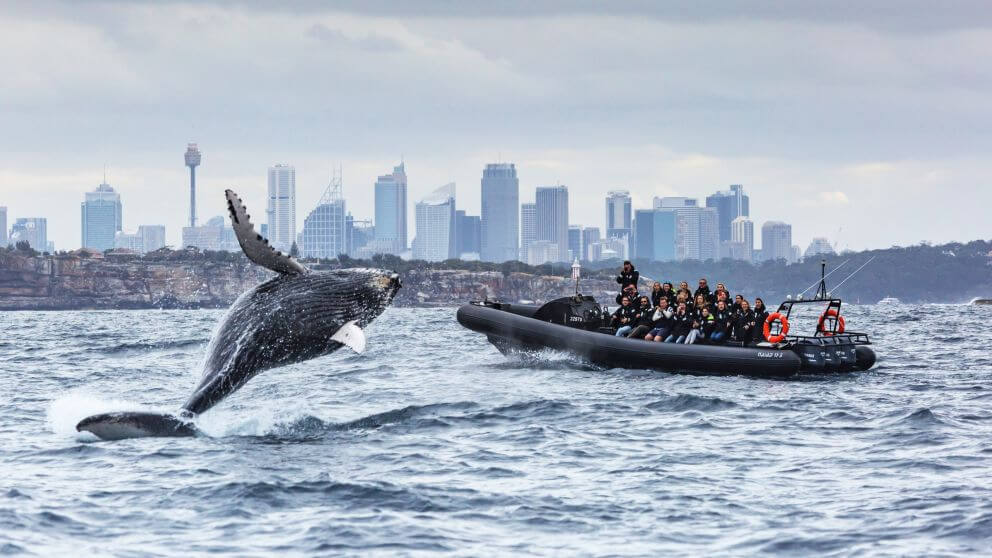Every year, thousands of whales migrate to Australia to escape the cold of Antarctica, where they not only relax but also breed, calve, and graze. If you follow Colin Thwaites’ advise, you’ll have a better chance of seeing these spectacular creatures off the coast of Australia’s largest metropolis. Here is a detailed guide to an enjoyable whale-watching trip in Sydney.
Sydney Whale Profile
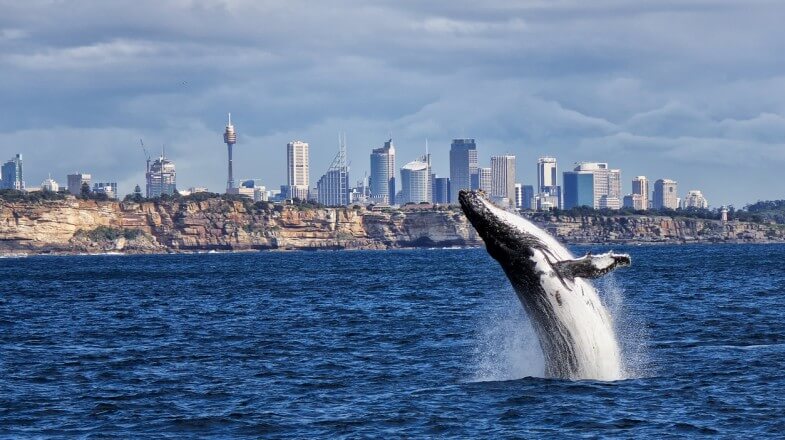
Approximately 16,000 whales sail through Sydney’s seas each year. Most of these are humpback whales, although there are also southern right whales. The yearly migration is a sight to witness, with whales swimming, flipping, and rolling, attracting 1.6 million tourists to Sydney’s coastlines each year. Of course, humpbacks do not demonstrate command; we must adapt to them and look for them.
When should you go whale watching?
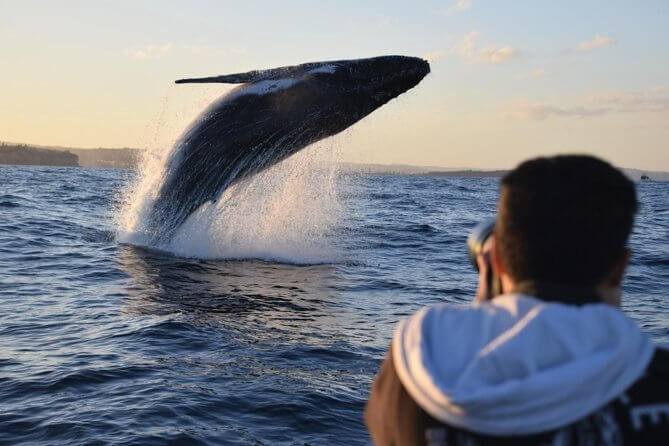
The Sydney whale viewing season is determined by migration patterns, which occur when whales leave the freezing waters of Antarctica to give birth in the milder waters of the Coral Sea and then return to Antarctica to forage. Although the season starts further south in April, the best time to watch whales in Sydney is from May to November.
Between May and August, the whales migrate north to Tropical North Queensland. They move south to Antarctica with their newborn calves from mid-August until November. This is a must-see! Whale sightings in Sydney waters are not unusual in December, however the frequency of sightings is fairly low.
How to Get the Most Out of a Whale-Watching Cruise
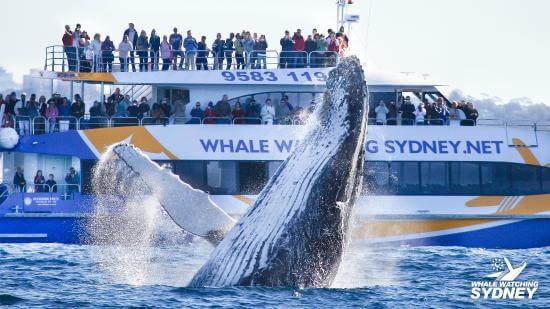
If you get a good view, whale watching can be one of the best experiences of your life – and you often get better views from a boat. It may be pricier than your other options, but it may be worthwhile. There are cruises to meet a wide range of budgets, depending on the length of the excursion, the time of day, and what’s included. Follow these pointers to get the most of your tour:
- Book in the afternoon because the prices are lower in the morning when there are fewer people. If you want a better chance of spotting whales, go in the afternoon.
- Book tours with guaranteed attractions – different businesses’ policies vary on this. Make careful to understand how the guarantee works.
- Aim for a four-hour trip on the water; it would be a shame to schedule an hour or two in advance and see nothing. Obviously, the longer you stay, the more likely you will witness a stunning performance.
- You can go whale watching in the winter, but it’s best to go in the spring, when the calves are born. Mothers can be seen feeding their calves and training them to swim.
- Choose a cruise that includes meals and drinks – You can always bring your food and drink, but wouldn’t it be so much easier if you didn’t have to think about that?
- Make sure you have an expert on board – this is especially important if you bring children so they can comprehend all the facts and data about whales.
Sydney’s Unique Attractions (from the dry land)
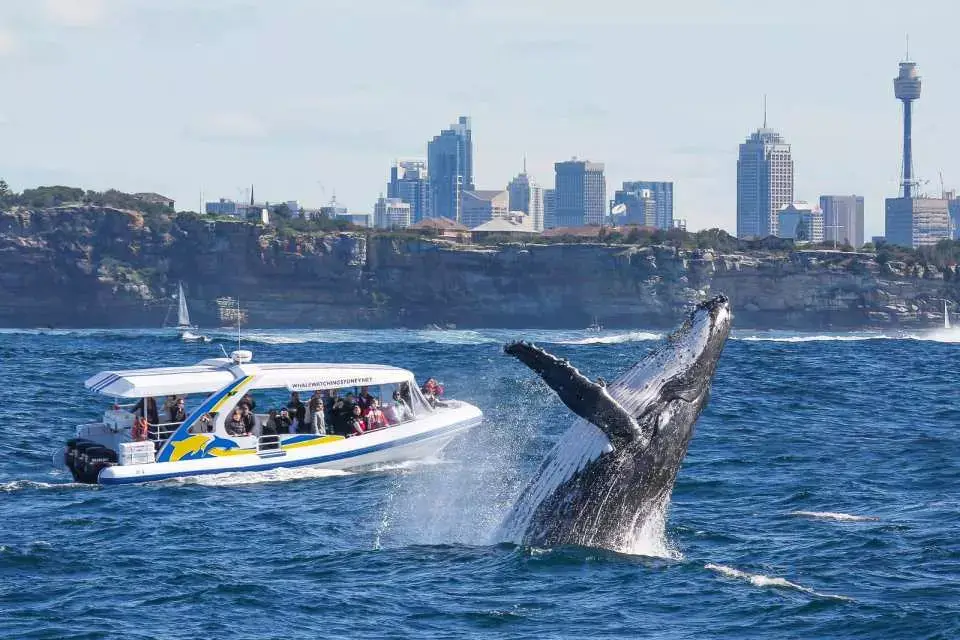
Not yet prepared for a yachting adventure? Numerous viewing places surrounding Botany Bay’s mouth are perfect for offshore whale watching.
The Bare Island Fort at La Perouse (16 kilometers southeast of Sydney’s CBD) offers a spectacular setting ideal for whale watching, picnics, bird watching, and exploration. It’s only open on Sundays, but the wait is well worth it.
Cape Solander, located directly across the harbor, is regarded as one of the greatest sites in Sydney for whale viewing from the shore — you can get within 200 meters of the swimming giants. It contains an observatory with information boards and is located near Kurnell in Kamay Botany Bay National Park.
Alternatively, around an hour’s walk away, the Muru and Yena paths will lead you to cliffs overlooking the Pacific Ocean to view whale performances. The Cape Baily Coastal Walk is a two-and-a-half-hour climb to the cliffs for the more daring. Even if you don’t get to see whales, you will have the opportunity to see wildflowers and birds such as sea eagles, kestrels, and terns.
10 fascinating facts about Sydney Opera House
